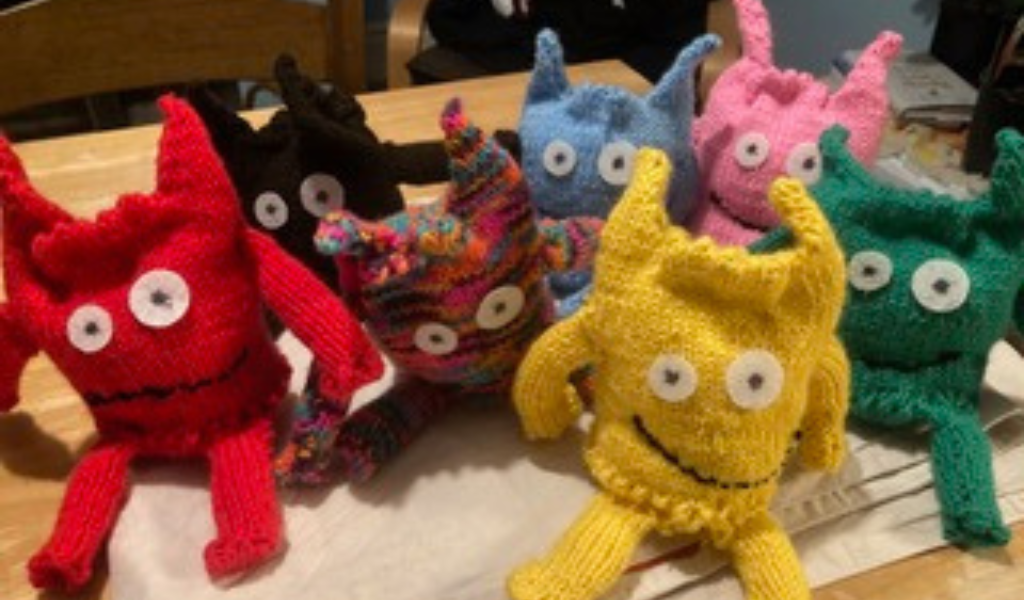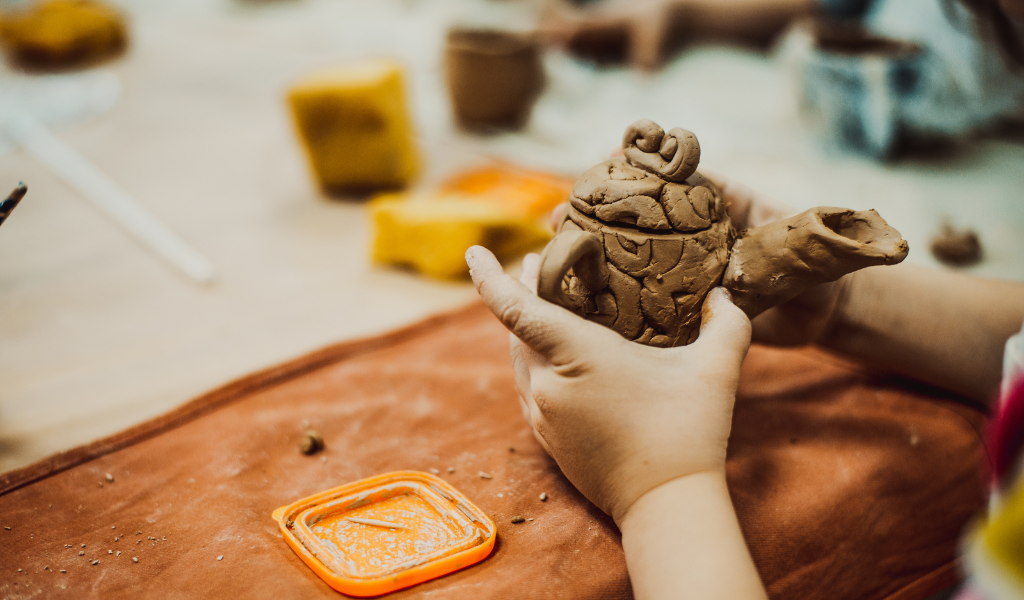In this article early years wellbeing expert Sonia Mainstone-Cotton explores how creativity can be a vital tool in supporting children’s wellbeing.
Firstly, I’d like you to take a moment to think about how you engage in creativity – this might be through baking, singing, knitting, painting, listening to music, or dancing. There is so much information available about how creativity supports adults’ wellbeing, but we hear less about how it can support children’s wellbeing. My day job is working as part of a small team in Bath called Brighter Futures, I support 3 and 4 year old children who have high social, emotional and mental health needs. Using creativity to support their wellbeing is a crucial part of my role. In this article, I am going to share some ways I have found creativity can be a useful tool to support children.

For those of us regularly working with children, we probably use creativity daily; through offering painting or drawing resources, reading stories and singing, or providing dressing up clothes. I wonder how often we think about these activities boosting children’s mental health and wellbeing.
The majority of my work is about helping the children I support understand their feelings and emotions. Embedding an emotional vocabulary is crucial and I have found using creative practices is a useful tool for us to explore feelings and emotions together. We can do this in many different ways such as through using stories, drawing, using clay, and music. Below I share a few examples of how we can do this:
Using stories such as The Colour Monster by Anna Llanas is a great way to begin to explore feelings with children. This year I knitted a set of Colour Monsters to use with the book. Knitting is a form of creativity that supports my wellbeing, but it’s also a way of introducing craft to children. The children loved my mini monsters, they played with them, cuddled them and retold parts of the story with them. They also made colour monsters, using the insides of toilet rolls, using wool and material to cover the monsters. Together we thought about feelings, how they were feeling, and how their monster was feeling. At other times we have also made monster-shaped biscuits and decorated these together. It didn’t matter how the monsters looked, or what colour they were, it was about the opportunity to explore feelings through different craft materials.

I have found there are art materials to which some children are attracted, one of these is clay. Many adults can find using clay therapeutic and I have found some children have this experience too. Clay is so tactile and relatively easy to use. Some of the children I work with have big feelings inside them bursting to get out and I have seen children who are feeling angry find some calm as they work with clay. The process of rolling, squashing and manipulating the clay can sometimes help to let out the strong feelings and bring some calm. We often use play dough in the early years, and I am a big fan of play dough, however, clay is more tactile, it is more malleable and the children can make something that can dry and they can keep it if they want.

One area I am interested in is how we use music with children, last year I co-wrote a book with Jamel Campbell and he spoke about using music with children to explore feelings. He did this by playing a range of music and had the children paint to the music. I loved this idea, I used it this week with some of the children I was working with. I used a variety of songs including Happy by Pharrell Williams and River by Ennio Morricone; it felt very experimental and experiential. One little boy who is selective mute entered into this experience, he was in the flow, with his tongue sticking out, layering colours on top of each other. He didn’t speak during the exercise and didn’t want to say anything afterwards, but it was so clear from his body language that he had enjoyed the experience.
You’ll also find many more ideas and inspiration in Sonia’s next book, Creativity and Wellbeing in the Early Years, due to be published by Routledge at the end of April.

Sonia Mainstone-Cotton is a nurture consultant working with 3 and 4 year old children in Bath who have social, emotional and mental health needs. An essential element of this role is in supporting the children’s and staff wellbeing. Sonia delivers training across the country to schools and early years settings as a freelance trainer. Sonia is the author of 10 books and is the series advisor on the Little Minds Matter series with Routledge books. Sonia wild swims throughout the year to support her own wellbeing.
Mainstone-Cotton, S. and Carly Campbell,J. (2022) Building Positive Relationships in the Early Years. Routledge.
Mainstone-Cotton, S. (2023) Creativity and Wellbeing in the Early Years. Routledge.